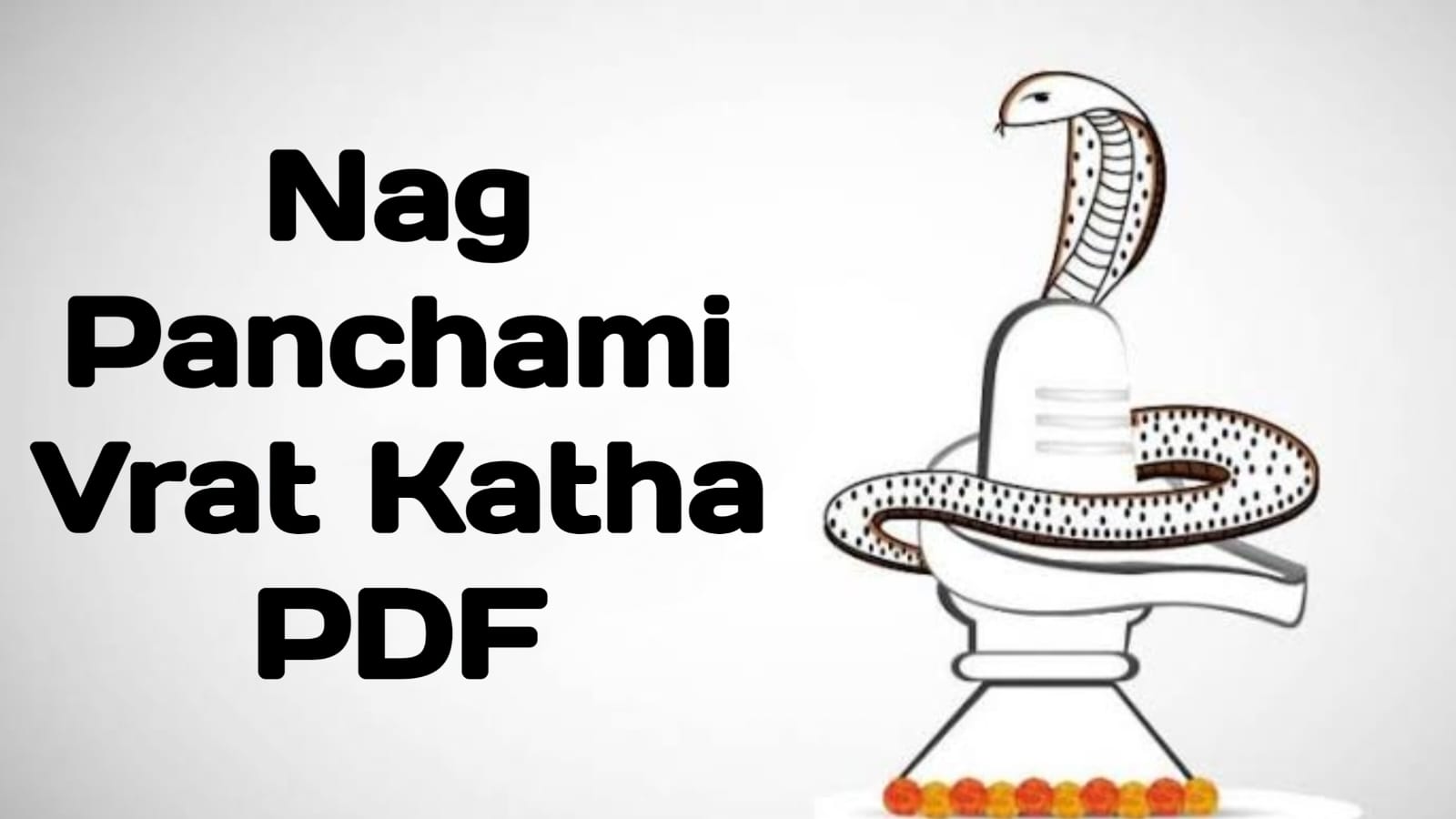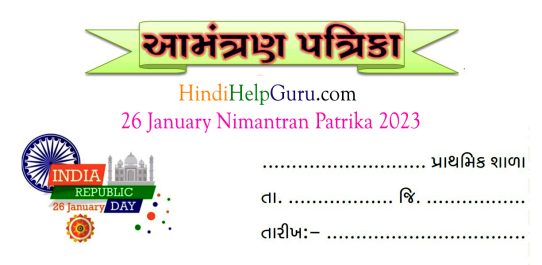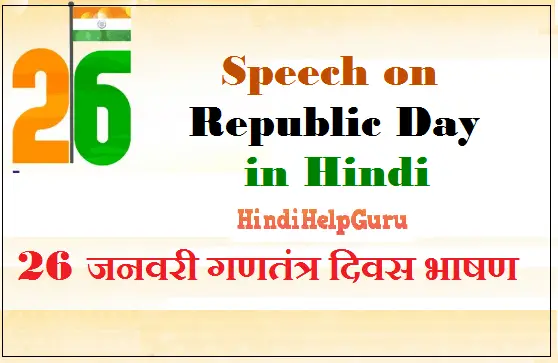Nag Panchami Vrat Katha PDF Free Download
Nag Panchami, a significant Hindu festival, is celebrated with great fervor across India. This article delves into the Nag Panchami Vrat Katha, recounting the legendary tale behind this auspicious day and its cultural significance. Join us on this spiritual journey as we explore the rich history, customs, and traditions associated with Nag Panchami.

The Origin of Nag Panchami
Nag Panchami finds its roots in ancient Hindu mythology, with a compelling tale that symbolizes the power of devotion and faith.
The Story of Mansa Devi
The legend begins with the divine being Mansa Devi, who is believed to be the daughter of Lord Shiva. According to Hindu mythology, Mansa Devi once transformed a group of snakes into silver ornaments to protect them from a deadly storm. This act of compassion and protection earned her the title of “Nagini Mata,” the mother of snakes.
The Celebration of Nag Panchami
Nag Panchami falls on the fifth day of the bright half of the lunar month of Shravana, typically in July or August. On this day, devotees observe a fast and perform various rituals to seek the blessings of Nag Devta, the serpent god.
Fasting and Prayers
Devotees wake up early and take a holy bath before heading to temples dedicated to snakes. They offer milk, honey, and fragrant flowers to snake idols, seeking protection from snakebites and other ailments. The recitation of Nag Panchami Vrat Katha during this time is believed to invoke the blessings of the snake god.
Puja ritual of Nag Panchami
- On the day of Nag Panchami, wake up early in the morning and after taking bath, wear clean clothes.
- After that, make a snake god from cow dung at the place of Katha Puja at the door of the house.
- After this, take a pledge to observe the fast.
- Place a seat for the idol of the snake god.
- Now offer flowers, water and sandalwood.
- After this, prepare Panchamrit and bathe the snake.
- Make sure to offer laddu and malpua to the snake god.
- After this, offer sandalwood, incense sticks, incense sticks, seasonal fruits, turmeric, kumkum, vermilion, betel leaf, jewellery, flower garland and betel leaves. And start the aarti of snake god.
- After worshiping the idol of Lord Nag Devta in the evening, complete the fast and eat fruits.
How to celebrate Nagpanchami festival
According to Hindu customs, the snake god is first worshiped on this day, after that he is fed milk. Different types of sports are organized, in which wrestling etc. are the most included.
Nag Panchami fair is organized in many villages. In which different types of dishes are made. Shops of toys, goods etc. are set up.
Apart from this, the daughters-in-law of the house go to their parents’ house, where they are fed different types of dishes. And later charity is given. In many states of India, apart from the snake deity, animals like cow, buffalo, bull etc. are also worshipped.
Cultural Significance
Nag Panchami is not merely a religious observance but also a celebration of India’s diverse cultural heritage. It showcases the harmonious coexistence of mythology and tradition in the lives of its people.
Snake Worship in India
The veneration of snakes has deep roots in Indian culture. Snakes are considered sacred creatures and are often associated with fertility, protection, and rebirth. The festival of Nag Panchami reflects the reverence accorded to these creatures.
Uniting Communities
Nag Panchami transcends religious and regional boundaries. Hindus from different parts of India come together to celebrate this festival, fostering unity and communal harmony.
Also Read This : Sri Krishna Janmashtami Pooja Vidhi
Modern-Day Observance
In contemporary times, Nag Panchami continues to be a cherished festival. Devotees keep the tradition alive by visiting temples, making offerings, and narrating the Nag Panchami Vrat Katha to younger generations.
Conclusion
Nag Panchami Vrat Katha is more than just a religious narrative; it’s a testament to the enduring faith of millions of devotees. This captivating story of Mansa Devi and her benevolence toward snakes serves as a reminder of the importance of compassion and devotion in our lives.
FAQs
Que : When is Nag Panchami usually celebrated?
Ans : Nag Panchami falls on the fifth day of the bright half of the lunar month of Shravana, which usually occurs in July or August.
Que : What is the significance of snake worship in Indian culture?
Ans : Snakes are revered in Indian culture and symbolize fertility, protection, and rebirth.
Que : How do devotees seek blessings on Nag Panchami?
Ans : Devotees offer milk, honey, and flowers to snake idols, recite the Nag Panchami Vrat Katha, and visit temples dedicated to snakes.
Que : Is Nag Panchami a regional or national festival in India?
Ans : Nag Panchami is celebrated across India and transcends regional boundaries.
Que : What is the moral of the Nag Panchami Vrat Katha?
Ans : The Nag Panchami Vrat Katha teaches us the importance of compassion and devotion, as exemplified by Mansa Devi’s protection of snakes.
Click Here To Download PDF For Free








